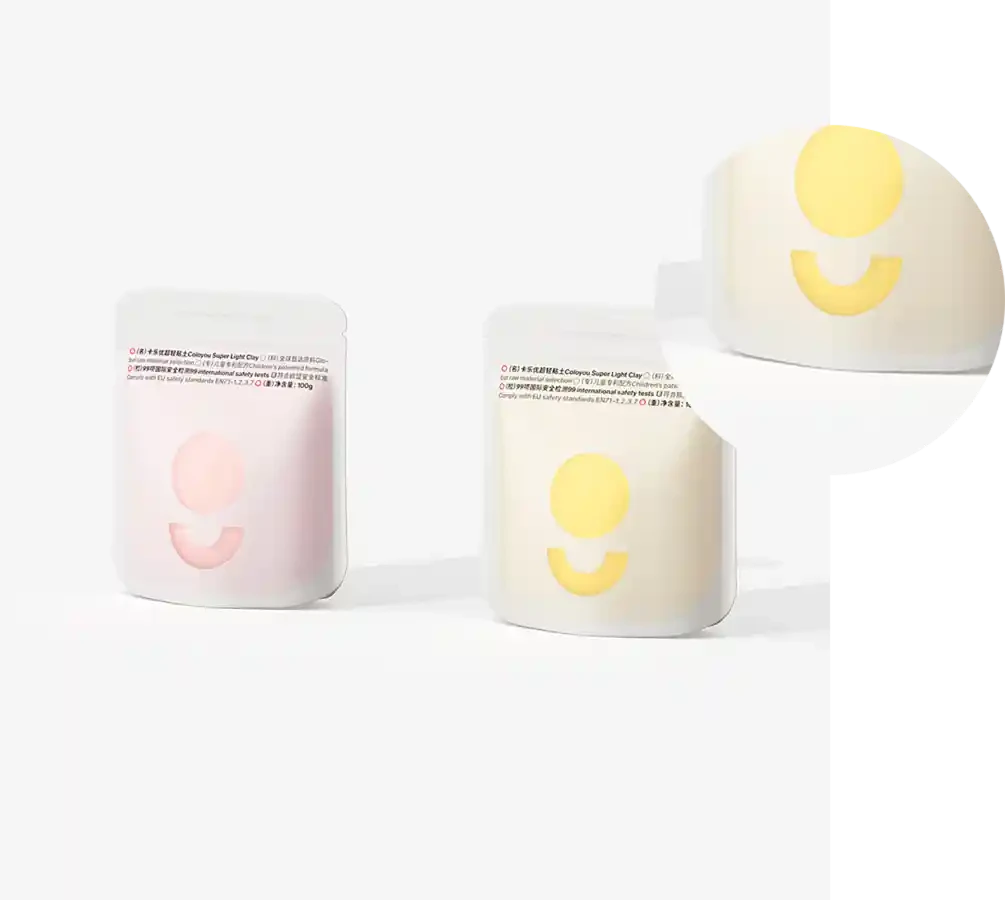- Afrikaans
- Albanian
- Amharic
- Arabic
- Armenian
- Azerbaijani
- Basque
- Belarusian
- Bengali
- Bosnian
- Bulgarian
- Catalan
- Cebuano
- chinese_simplified
- chinese_traditional
- Corsican
- Croatian
- Czech
- Danish
- Dutch
- English
- Esperanto
- Estonian
- Finnish
- French
- Frisian
- Galician
- Georgian
- German
- Greek
- Gujarati
- haitian_creole
- hausa
- hawaiian
- Hebrew
- Hindi
- Miao
- Hungarian
- Icelandic
- igbo
- Indonesian
- irish
- Italian
- Japanese
- Javanese
- Kannada
- kazakh
- Khmer
- Rwandese
- Korean
- Kurdish
- Kyrgyz
- Lao
- Latin
- Latvian
- Lithuanian
- Luxembourgish
- Macedonian
- Malgashi
- Malay
- Malayalam
- Maltese
- Maori
- Marathi
- Mongolian
- Myanmar
- Nepali
- Norwegian
- Norwegian
- Occitan
- Pashto
- Persian
- Polish
- Portuguese
- Punjabi
- Romanian
- Russian
- Samoan
- scottish-gaelic
- Serbian
- Sesotho
- Shona
- Sindhi
- Sinhala
- Slovak
- Slovenian
- Somali
- Spanish
- Sundanese
- Swahili
- Swedish
- Tagalog
- Tajik
- Tamil
- Tatar
- Telugu
- Thai
- Turkish
- Turkmen
- Ukrainian
- Urdu
- Uighur
- Uzbek
- Vietnamese
- Welsh
- Bantu
- Yiddish
- Yoruba
- Zulu
How to Properly Freeze-Dry Food for Long-Term Storage
What Do You Use to Freeze Dry Food?
Freeze drying, also known as lyophilization, is a process used to preserve perishable foods by removing the moisture content while maintaining its structure, flavor, and nutritional value. This method is gaining popularity among outdoor enthusiasts, preppers, and even home cooks who want to extend the shelf life of their food. But what exactly do you use to freeze dry food, and how does the process work?
The Freeze Drying Process
To understand what tools and materials are necessary for freeze drying, it's essential to know the basic steps of the process. Freeze drying involves three primary phases freezing, primary drying (sublimation), and secondary drying (desorption).
1. Freezing The first step is to freeze the food quickly and at a low temperature to preserve its cellular structure. This is typically done using a commercial freeze dryer or a home freeze dryer, which can reach temperatures as low as -40°F (-40°C) or even lower.
2. Primary Drying (Sublimation) After the food is frozen, the pressure in the freeze dryer is lowered. The ice in the food sublimates, meaning it transforms directly from a solid to a gas without becoming liquid. This process removes about 98% of the moisture from the food, resulting in lightweight, dehydrated items.
3. Secondary Drying (Desorption) In this phase, the temperature is raised slightly to remove any remaining moisture in the food, enhancing its shelf life and preventing spoilage.
Essential Equipment
When it comes to freeze-drying food, the most crucial piece of equipment is, of course, the freeze dryer itself. Many companies manufacture such devices specifically for home use, and while they can be expensive, they provide a convenient way to preserve food effectively.
Notable brands include
- Harvest Right This brand offers a range of freeze dryers suitable for home use, allowing individuals to freeze-dry fruits, vegetables, meats, and even complete meals
. They also provide vacuum sealing bags and accessories to help users store their freeze-dried foods properly.what do you use to freeze dry food

- Labconco For those interested in professional-grade freeze drying, Labconco offers more advanced models, but these are typically used in commercial or laboratory settings and may be more complex and costly than home models.
In addition to the freeze dryer, you'll also need some basic supplies
- Vacuum Sealer After freeze-drying, storing the food in an airtight environment is critical. A vacuum sealer is an excellent investment because it removes air from bags, reducing the chance of freezer burn and extending shelf life.
- Mylar Bags or Glass Jars These are great containers for storing freeze-dried foods. Mylar bags, especially when used with oxygen absorbers, can keep food fresh for years. Glass jars are suitable for smaller portions and allow you to see what’s inside.
- Food Scale A digital kitchen scale is useful for measuring your ingredients before freeze drying. Accurately measuring food can help ensure consistent drying results and storage portions.
Food to Freeze Dry
Most fruits, vegetables, and cooked meals are excellent candidates for freeze-drying, but there are some considerations. Foods with high water content like strawberries and tomatoes typically freeze dry well, while those with lower water content, like nuts or peanut butter, may not yield the best results.
Additionally, it's crucial to blanch some vegetables briefly before freeze drying to preserve flavor and color. Each food type may require specific preparation, so it’s essential to follow guidelines specific to each ingredient.
Benefits of Freeze Drying Food
Freeze-drying food not only extends its shelf life significantly (some can last up to 25 years or more when stored properly) but also helps retain most of the original flavor and nutrients. This method is particularly appealing for those planning for emergencies, backpacking, or simply wanting to stock up on seasonal produce.
In summary, to freeze dry food effectively, you need a freeze dryer, vacuum sealer, appropriate storage containers, and a bit of knowledge about the food you're preserving. With these tools, you can enjoy the benefits of freeze-dried foods for years to come!













